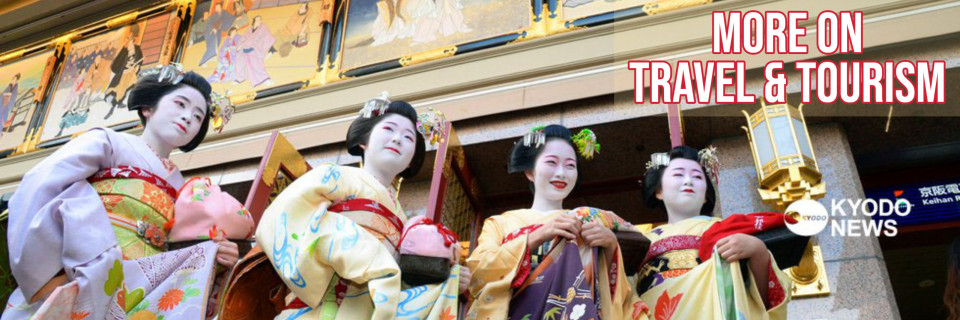Unseasonably warm weather in northern parts of Japan have caused iconic winter sights to melt away this week, causing ice deposits on trees to no longer appear so monster-like, and snow huts to be capped with blue sheets.
While Hokkaido and the northeastern Japan regions will likely be affected by cold air at the end of this month, the Japan Meteorological Agency forecasts temperatures in early March to likely be higher than usual.
Due to warm air flowing in from the south, temperatures rose across Japan over the past days, reaching levels typically seen in April or May. On Thursday, 27 observations points, mainly in northeastern Japan, recorded all-time high temperatures for February, including Sendai in Miyagi Prefecture at 21.1 C.

In the Zao mountain range spanning Miyagi and Yamagata prefectures, much of the snow covering trees has melted away despite mid-February being the usual peak viewing period, according to an official from the Zao Onsen tourism association.
The scarce snowfall experienced this year "occurs once every 20 years or so," the official said.
In Yokote, Akita Prefecture, one of the areas in Japan with typically the heaviest snowfalls, temperatures exceeded 13 C on Wednesday, followed by rain the next day. The annual "kamakura" snow hut festival was exposed to wind and rain, damaging the smooth surfaces of the huts and prompting organizers to cover them with blue sheets for protection.
"This is unprecedented. I hope people don't think this is what kamakura is supposed to look like," said Katsuo Kitajima, a craftsman with around 30 years of experience.

A tourist from Taiwan expressed disappointment, saying that the scene was not as expected, although it was still beautiful.
At Taroshi Falls in Hanamaki, Iwate Prefecture, an annual event last Sunday to measure the thickness of the frozen waterfall to predict rice yields ended with the result "unmeasurable," due to insufficient icicle formation.
In Otaru, Hokkaido, temperatures above 10 C have caused snow huts housing lanterns that illuminate a path beside a canal to collapse, while participants in a scheduled snowball fight in Mutsu, Aomori Prefecture, on Monday used rolled-up newspapers instead and shifted the venue indoors.











